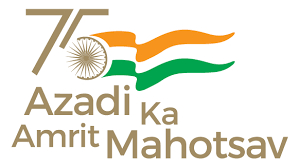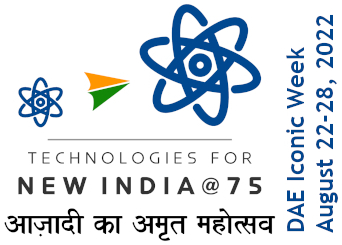Biographical Memoirs :: MEGHNAD SAHA
It may be of some interest to relate how Saha was led to the ionization theory. In his own words1 : `It was while pondering over the problems of astrophysics, and teaching thermodynamics and spectroscopy to the M.Sc. classes that the theory of thermal ionization took a definite shape in my mind in 1919. I was a regular reader of German journals, which had just started coming after four years of First World War , and in course of these studies, I came across a paper by J. Eggert in the `Physikalische Zeitschrift' (p. 573), Dec. 1919, "Uber den Dissoziationzustand der Fixsterngase" in which he applied Nernst's Heat Theorem to explain the high ionization in stars due to high temperatures, postulated by Eddington in course of his studies on stellar structures.2
`Eggert, who was a pupil of Nernst and was at the time his assistant, had given a formula for thermal ionization, but it is rather strange that he missed the significance of ionization potential of atoms, importance of which was apparent from the theoretical work of Bohr, and practical work of Franck and Hertz, which was attracting a good deal of attention in those days. ... Eggert used Sackur's formula of the chemical constant for calculating that of the electron, but in trying to account for multiple ionization of iron atoms in the interior of stars on this basis, he used very artificial values of ionization potential.
`While reading Eggert's paper I saw at once the importance of introducing the value of "ionization potential" in the formula of Eggert, for calculating accurately - the ionization, single or multiple, of any particular element under any combination of temperature and pressure.
`I thus arrived at the formula which now goes by my name. Owing to my previous acquaintance with chromospheric and stellar problems, I could at once see its application. I prepared in the course of six months of 1919 (February to September) four papers and communicated them for publication in the Philosophical Magazine from India within August to September.
One of the four papers above referred to was `On the Harvard classification of stellar spectra'. When shortly after communicating the paper Saha went to London, he withdrew it from the Philosophical Magazine, and completely rewrote it in Professor A. Fowler's spectroscopy laboratory in the Imperial College of Science and Technology, London. The revised (and, no doubt, considerably expanded and improved) paper was published in the Proceedings of the Royal Society ( 1921) under the title, suggested by Fowler , `On a physical theory of stellar spectra'. Saha had the greatest regard for Professor Fowler, and always spoke with warmth and gratefulness of the encouragement and help he had received from him in London. Years after wards he wrote3 : `I took about four months in rewriting this paper, and all the time I had the advantage of Professor Fowler's criticism, and access to his unrivalled stock of knowledge of spectroscopy and astrophysics. Though the main ideas and working of the paper remained unchanged, the substance matter was greatly improved on account of Fowler's kindness in placing at my disposal fresh data, and offering criticism wherever I went a little astray, out of mere enthusiasm.'4 This paper and the one on the `Ionization of the solar chromosphere' are by far the most significant and original of Saha's many scientific contributions.
1 Extract (taken from a copy in the possession of Dr A. K, Saha, son of Professor Saha) from a letter dated 18 December 1946, to Professor H. H. Plaskett, University Observatory, Oxford.
2 Saha in his paper `On ionization in the solar chromosphere' makes a handsome acknowledgment to Eggert's work.
3 Letter to Professor H. H. Plaskett referred to in the preceding footnote.
4 Professor H. Dingle once observed : `On thinking back to the relation which existed between Saha and Fowler I am tempted to compare it, with that between Maxwell and Faraday'. ( The Observatory 66, 22 (1945).)




